The first in this year’s series of Automotive Logistics livestreams focused on key trends to watch out for in 2025, including changing trade compliance, regulations and tariffs.
The first Automotive Logistics livestream of 2025 explored key market trends, trade policy impacts, supply chain resilience, and strategic supply chain shifts facing North America and Europe this year. Industry leaders discussed how tariffs, regionalisation, and digital transformation are shaping the future of automotive logistics and supply chains.
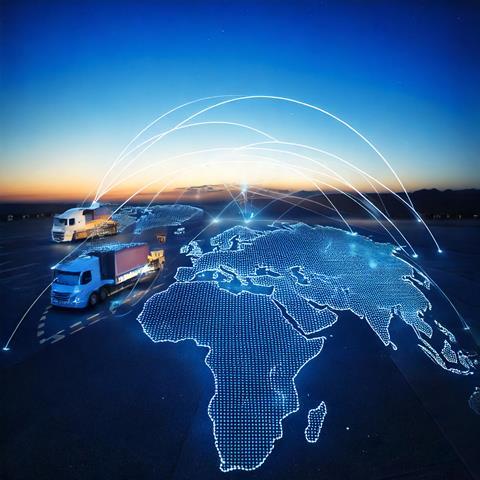
Christopher Ludwig, chief content officer, Automotive Logistics said that automotive logistics is in an era of uncertainty and protectionist threats which could fragment supply chains even further.
“Although we’re certainly in a pressurised period and there is a lot of cost pressure, there are different factors that come into play which can’t just result in cutting straight to the bone by cutting rates or putting pressure on our suppliers,” Ludwig said.
In terms of short-term action, the industry is going to be less willing to surrender some of the resilience that it has worked to gain over the past few years following a succession of disruptions and crisis, and the flexibility in the supply chain that has now become a requirement to move with market demand. Instead of panic at current issues, there should instead be a focus on the long-term vision. Supply chain managers and leaders need to influence the fundamental shape of the supply chain and adapt what they can in anticipation of instability.
How Nissan is using digital tools to keep up with fast-changing tariffs
“Uncertainty is feeding into a series of strategic changes and approaches across the automotive supply chain. One of them is increasing visibility of the supply chain, mapping suppliers, using predictive tools and processes that allow that to happen,” Ludwig said.
Watch the livestream on demand now
This is something Nissan has been implementing, using digital strategies to keep up with fast-changing tariffs, policy changes and compliance regulations, particularly in North America where US president Donald Trump’s executive orders are enacting major changes for the North American supply chain.
In Automotive Logistics’ latest livestream, Gerardo de la Torre, regional senior director of Supply Chain Management at Nissan Group of Americas said that the OEM is using digitalisation as a way of coping with the uncertainty.
De la Torre said that the current level of uncertainty makes it difficult to prioritise the various risks in the supply chain, let alone begin to tackle them, but that technology and AI-driven supply chain visibility is helping Nissan to ensure more balanced supply and demand flows and keep capacity aligned. These digital tools are being used by Nissan’s recently created Supply Chain Management (SCM) division, which has been focusing on digital innovation and cybersecurity.

“All these new regulations and requirements, changes to the USMCA and emissions requirements, have been a very important wake-up call for our company,” De la Torre said. “Our SCM team have to go back to the whole company and ring the bell to make sure everyone is aware of the magnitude of these changes and what they mean in the supply chain.”
Nissan’s dedicated SCM team works with the supply chain innovation department, as well as key external partners, to launch digital innovation solutions that can enable Nissan and its suppliers to comply with the law. He said there has been “a tremendous response” to this, with suppliers engaging quickly and significantly.
“We have progress mapping of this across tier-1, two, three, four, to allow us to respond to [regulations] and navigate in a new way,” he said. “For example, navigating Chinese tariffs that could jeopardise our operations.”
Read more: Gerardo de la Torre on Nissan’s digital action plan
De la Torre said that these teams, using digital tools, are pinpointing and prioritising external threats of supply chain disruptions, such as potential tariffs. “We are very strongly positioning ourselves with our suppliers and dedicating resources to internal and external factor analysis. We are able to develop solutions to these factors either internally or with external partners,” he said, adding that over the past 12 months, Nissan has partnered with five specialists in IT and AI technology.
These strategic partnerships and digital solutions are key to maintaining supply chain stability and compliance in a volatile market.
Key takeaways for automotive logistics
- Tariff uncertainty and nearshoring are linked, driving a shift towards regionalisation in North America and Europe
- Digitalisation and AI tools are essential for supply chain resilience and regulatory compliance
- Cross-functional collaboration is necessary in OEMs and suppliers to stay ahead of market shifts
- Chinese carmakers are adapting strategies to navigate tariffs and local production requirements in Europe
European market shifts: EV localisation and Chinese OEMs
Europe’s automotive landscape is shifting, with declining exports and increasing imports from China. Automotive Logistics’ inhouse automotive analyst Daniel Harrison said the impact of this, alongside ever-changing tariffs threats between the US, Europe and China, could be comparable to, or even worse than, the impact of Covid-19 on supply chains. “The real issue with tariffs is the uncertainty,” Harrison said. “If we knew for certain, businesses could adapt.”

Matthias Schmidt, European autos analyst and founder of Schmidt Automotive Research said that while Chinese market share in West Europe last year was only around 3%, it is likely to grow from this year onwards.
“The logistics side is going to open up, with more supply of vessels coming to market,” he said. “The EU have just slammed tariffs onto Chinese manufacturers, so the door is being slammed shut on Chinese OEMs just as a logistical door is being opened.”
He said: “Chinese OEMs are changing tack and focusing on non-EU markets, and by that we mean the UK. We expect that a trend going forward in 2025 is that Chinese OEMs will target the UK as that is navigating tariffs nicely for them.”
We have seen examples of this shift away from Chinese production recently, with OEMs favouring European localised production, helping to avoid tariffs. BMW has stopped Chinese production of its IX3 model and is replacing it with the European-manufactured Neue Klasse, which will be produced in Hungary this year. Geely has shifted production of its Volvo EX30 model from Zhangjiakou in China to its Belgium plant to avoid import tariffs. And Polestar recently announced it will be producing an EV in Europe, likely leveraging a Volvo production plant.
However, as Automotive Logistics’ Harrison said, “it’s not all doom and gloom” for automotive logistics. “There are still investments going on, and there are still growth areas,” he said. “It could lead to a more positive, proactive response, including investment in digitalisation, better visibility and transparency, scenario planning and new routes and flows.”
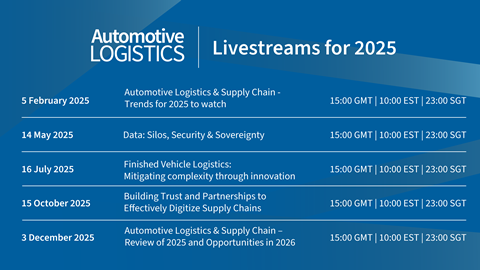
De la Torre’s emphasis on digitalisation as a means to build resiliency and tackle disruption ties into our next Automotive Logistics’ livestream, which will focus on data silos, security and sovereignty. Taking place on 14 May 2025, 15:00 GMT (10:000 EST), the livestream will detail the steps organisations can take to manage their datasets effectively, ensure they are shared with trusted partners, and make sure they can be utilised in real-time to provide actionable information.
Topics
- AI & Predictive Analytics
- BMW
- Digitalisation
- Editor's pick
- Electric Vehicles
- Europe
- EV & Battery Production
- Finished Vehicle Logistics
- Fleet & Route Optimisation
- Geely
- Inbound Logistics
- Logistics IT
- Logistics Management
- Logistics service provider
- Nearshoring
- Nearshoring Strategies
- News
- OEMs
- Policy and regulation
- Risk Management
- Shipping
- Supply Chain Planning
- Technology & Automation
- Trade & Customs
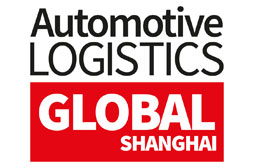



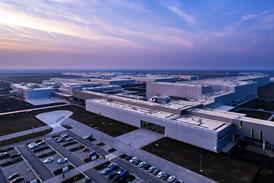

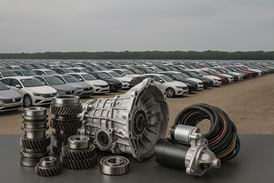






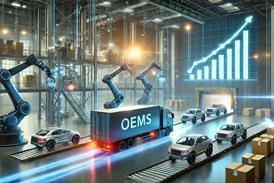
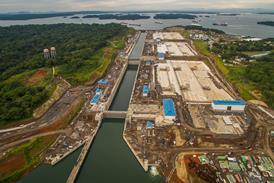









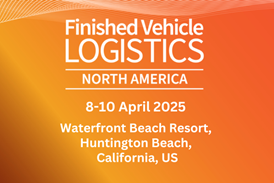
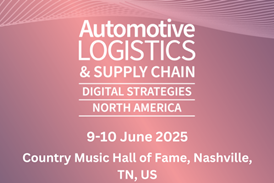
![Global[1]](https://d3n5uof8vony13.cloudfront.net/Pictures/web/a/d/s/global1_726550.svgz)
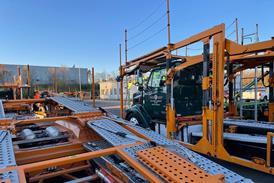
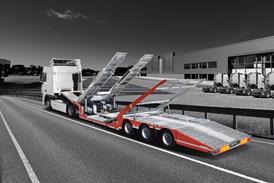
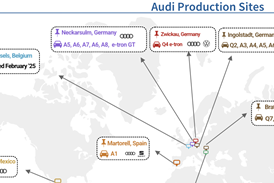







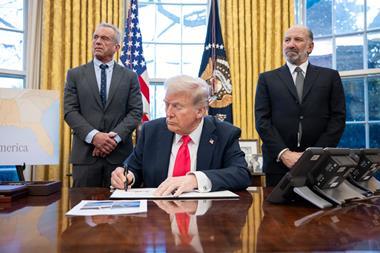



No comments yet